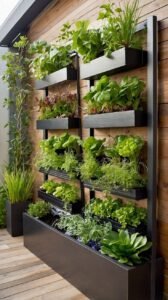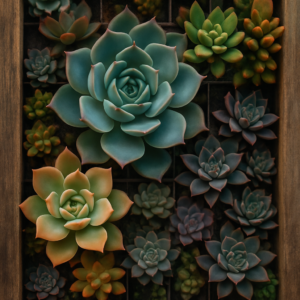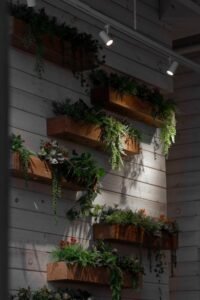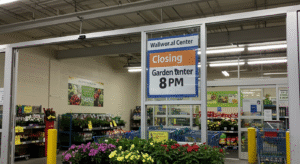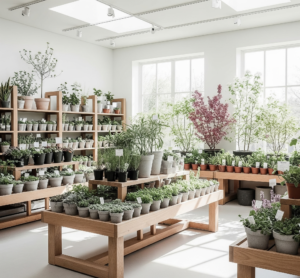Farmer In The Tower
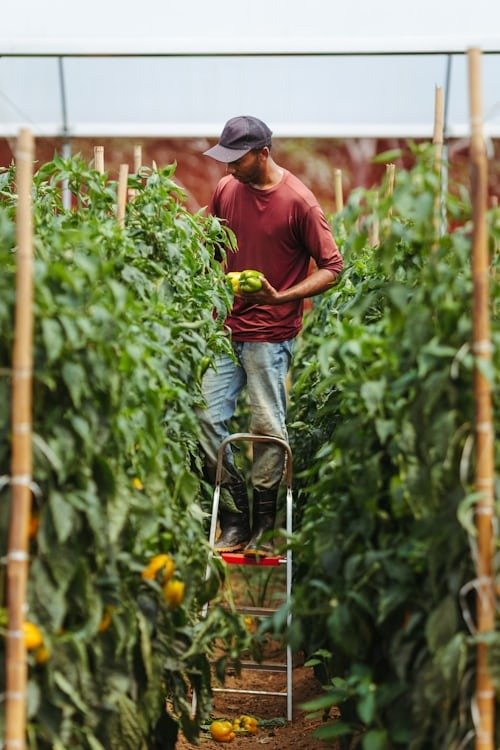
Farmer In The Tower
Farmer in the Tower is a name used to describe growing plants vertically, a method known as vertical gardening, which is slowly transforming the way individuals take care of flora in buildings that do not leave much space for gardening.
The concept gives gardeners a chance to grow crops in a vertical direction due to the amenities installed for that purpose, making use of the available space to its full capacity. The above metaphor is a perfect explanation of the change in food production, with even some urban residents getting a chance to grow them inside the walls of their buildings.
What is Vertical Gardening?
Vertical gardening is a technique of carrying out gardening in which the plants are grouped so that they grow on walls, towers, as well as individual plant structures. This can be done through a hydroponic system, aerobic system, or conventional techniques where the crop is grown with soil. Hydroponics is the cultivation of plants with or without soil but with the aid of nutrient solution, whereas aeroponics is the process of growing plant roots suspended in air and obtaining nutrients through mist form. They help in saving the need for space for the growth of plants.
The method includes: This enables the feasible construction of structures in the limited available space in the urban centers so that there is a restriction on horizontal expansion. These can be plants in pots fixed on the wall, or even complex plant hydroponic systems, which are constructed with individual units only to provide a vertical garden. They can also include Irrigation systems, Artificial lighting systems, Nutrient delivery systems, and many others because they can be managed automatically. For this reason, these gardens afford the inhabitants of cities the ability to grow crops in areas that are unfavorable for crop growing.
Benefits of Vertical Gardens
Vertical gardens have several advantages that greatly influence the environment and their uses.
Environmental: These gardens are beneficiary since they contribute to the utilisation of fresh produce that is grown locally, hence saving on transport costs and emissions of carbon dioxide. Also, they help enhance the quality of air in urban centres since they promote the planting of trees.
Although farming is well understood outside the compound, it helps introduce farming in the compound and, therefore, assists the city dwellers in producing their food to help improve food security. This is especially important in the busy business districts of society since the availability of fresh foods, especially vegetables and fruits, is likely to be a challenge.

Absorption: For this reason, it is very difficult, for instance, for densely populated cities to have adequate space. Herb gardening, therefore, involves cultivating fresh herbs on the face of short structures or walls of an apartment. This makes it perfect for the eaters of the apartments’ balconies or windows in urban areas, especially when preparing for the night.
The Technology Applied in Vertical Gardens
Technology leads the way in simplifying and making vertical gardening effective. Smart irrigation systems deliver enough water to the plants even in distant areas from the water sources. Artificial lighting and automated nutrient delivery systems replicate the ideal growing environment for plants, especially in indoor vertical gardening. All these technologies make vertical gardening easier and less demanding for the gardener. Thus, even individuals with little or no gardening skills can efficiently maintain a vertical garden, and it becomes a more practical solution for the masses.
Conclusion
Vertical gardens are changing the way we farm and live in urban areas. They offer a sustainable way of cultivating food in the city, reducing our reliance on traditional farming methods. Being a “farmer in the tower” is a new age of urban farming, where individuals can be their masters of food. Anyone can participate in sustainability, even with a small space, with a vertical garden.
